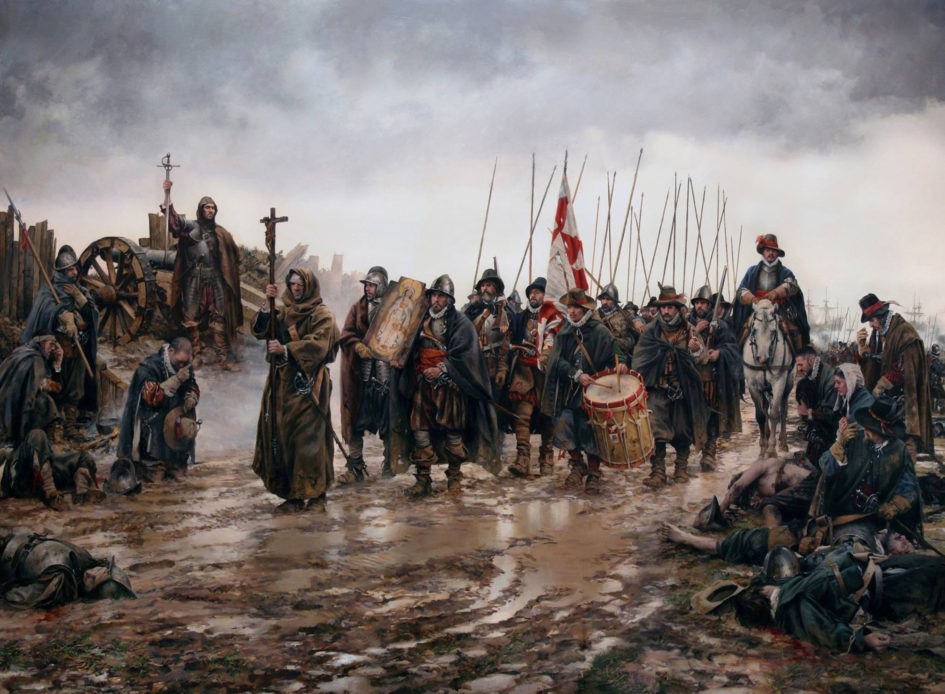On December 8, we Catholics celebrate the Feast of the Immaculate Conception of the Holy Mother (“Purísima Concepción” in Spanish), which focuses on the key aspects of the incarnation of the Mother of God.
In 1854, in Innefabilis Deus, Pope Pius IX asserted that the Holy Mother «should be ever resplendent with the glory of most sublime holiness and so completely free from all taint of original sin that she would triumph utterly over the ancient serpent.»
The Catechism of the Catholic Church points out that God brought her all the Grace, assuming that that she would be the mother of the Savior. All this took place in a way that the Holy Mother did not commit any sinful action along his life.
In that same text it is also said that the Father blessed her with all the existing spiritual blessings in the Heaven. Besides, we are talking about the antithesis of Eve, who tainted by a daemonic representation as we know -the scene of the tree of knowledge.
Nevertheless, the aim of this article is not to get bogged on this theological discussion. Rather we will focus on some Catholic Hispanic and European counter-revolutionary aspects which have a relevant relationship to the aforementioned figure.

The Miracle of Empel
On December 8, we Spaniards not only celebrate the fact that the Holy Mother was conceived without bearing nor committing any sin. We also refer to an important course of events in Spanish political history.
Between 1555 and 1714, many provinces of the so-called “Benelux” were under the Spanish Empire -that is why these received the name of Spanish Netherlands. Among them we may list Flanders, Zealand, Liége, Limburg, Luxembourg, Utrecht, Holland, Frisia, Drente and Henao.
However, in 1586, the so-called Eighty Years War broke out against Philipp II of Spain in the Seventeen Provinces of the Netherlands. From my standpoint, it was not a mere geopolitical conflict, but religious and spiritual too.
Margaret of Parma, the Charles I of Spain and V of the Sacrum Roman Germanic Empire, from the House of the Austrians (Habsburgs), had to deal with specific tensions since she came to power in August 1558.
Apart from the economic situation and the continuous complots of noblemen, the Calvinist specification of Protestantism was sweeping along France, England, part of Central-Eastern Europe and the Netherlands.
In 1579, the Catholic sections of society created the Union of Arras, which included the provinces of Artois, Henao, Lille, Douai and Orchies. Right later, the Union of Utrecht (Holland, Zealand, Utrecht, Güeldres, Groninca, Brabant and Flanders) emerged as the Protestant counter-reaction.
According to the Dutch “Black Legend”, the Spanish Empire was responsible of a fierce religious intolerance of Catholics against Protestants. They suggest that Calvinist followers faced serious risks when it comes to life and liberty.
But little is said about the destruction of Catholic Churches in Ghent and the public murder exhibitions against monks and nuns -we should remind that the well-known witch burning was more intense in Germany and England than in Spain, because of a rationalist obsession, as it is remarked at La Inquisición, written by Ricardo García Cárcel.
At the same time, there was a “Iconoclast furor” against the Catholics who did not let themselves to be blackmailed by Wilhelm of Orange, one of the main opponents of Philip the Second (Hispanic monarch). The reaction started in Antwerp on August 10, 1566. According to the chronist Van Vaernewyck, nearly 3000 men were required to destroy hundreds of churches.
Another proof of that is that in 1585, the Catholic communities of Bommel island asked Spanish “Tercios” for protection against the continuous protestant harassment. Almost 100 boats from the English and Dutch protestant armies posed a serious threat for those Spanish soldiers who stayed with little provisions in the Empel Mount.
The only thing they could do at that moment was praying and placing their trust in the Divine Providence. They took a Holy Mother image at Empel’s church and commended to pray them in order to resist till the end.
After this, at the dawn of December 8, the river surface was “solidified” due to extreme low temperatures. So, the rival army had to leave the zone not to get trapped in the water. Later on, protestants started to shout in Spanish language that “God was Spaniard.”
For all those facts, the Immaculate Conception was considered as the Patroness of Tercios. As a way of reminding, they were military units of the Spanish Empire during the times of Austrian house influence.
Carlism and 1936 Crusade of Liberation
In 1936, there was a need of a counter-reaction crusade in Spain, because of the chaos, the harassment, the public disorder, the murder of political opposition politicians as José Calvo Sotelo, and the religious intolerance of the Popular Front. It finished on April 1, 1939, with the triumph of the “Sublevados”.
As we know, one of the different groups of anti-leftist forces was composed by traditionalist Carlists who supported the Catholicity of Spain and opposed the political revolutionary modernism. They were also known as “requetés”, by following the term which were used by some battalions during the First Carlist War (1833-1840).
“Requetés” were also organized in groups known as “tercios”. The majority of them -almost 20- were created in the former Kingdom of Navarra. Nearly 10000 soldiers came from that region, in whose capital, the town of Pamplona, did the Crusade started. Many “requetés” gathered in the Castle’s Square on July 19, 1936.
Because of that elevated number, it may be said that the Navarrese organization was a big complement for the Crusade against the Red Terror. However, there were also some “tercios” in the rest of regions. Some of them, also important, are “Our Lady of Montserrat” (Catalonia), “Our Lady of the Kings” (Seville) and “Mrs. María of Molina and Marco de Bello” (Aragon).
For that reason, under the inspiration of “Miracle of Empel”, it was considered that the Immaculate Conception had to be considered as the patroness of Spanish “requetés”. Besides, it is an important day in the agenda of some current Carlist circles. Besides, there were some prayers of “requetés” which were dedicated to the Holy Mother.
Patroness of Catholic Counterrevolutionaries in Europe?
As Prof. Plinio Correa de Oliveira said, both Protestantism and Marxism are part of the Revolutionary process, whose current phases are related to environmentalism, gender totalitarianism and Great Reset.
Protestantism, despite the theoretical promotion of free interpretation, was really contrary to the liberty of Catholics -it shall be noted that it was a Catholic like Charles Carroll the only who opposed to Puritan persecutions during the independence of America.
It can be said that Protestantism planted the soil of the Illustration, where the extreme rationalism prevailed, apart from setting some basis for the government intervention of the church and the consolidation of collectivist control unities as it may look like in anabaptist sects.
Luther was the predecessor of another mother of Evils such as the French Revolution, which marked the real beginning of socialism, tracing the bases for the later theoretical compilation at The Capital, the main Karl Marx’s book.
So, taking into account that our enemies were respectively Protestants and Communists, we may say that the Immaculate Conception is a patroness of Hispanic counterrevolutionaries. Do not forget that “requetés” played a key role in a Crusade which later saved the Mediterranean area from communism.
 The Libertarian Catholic
The Libertarian Catholic
















